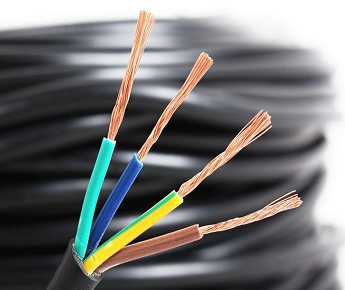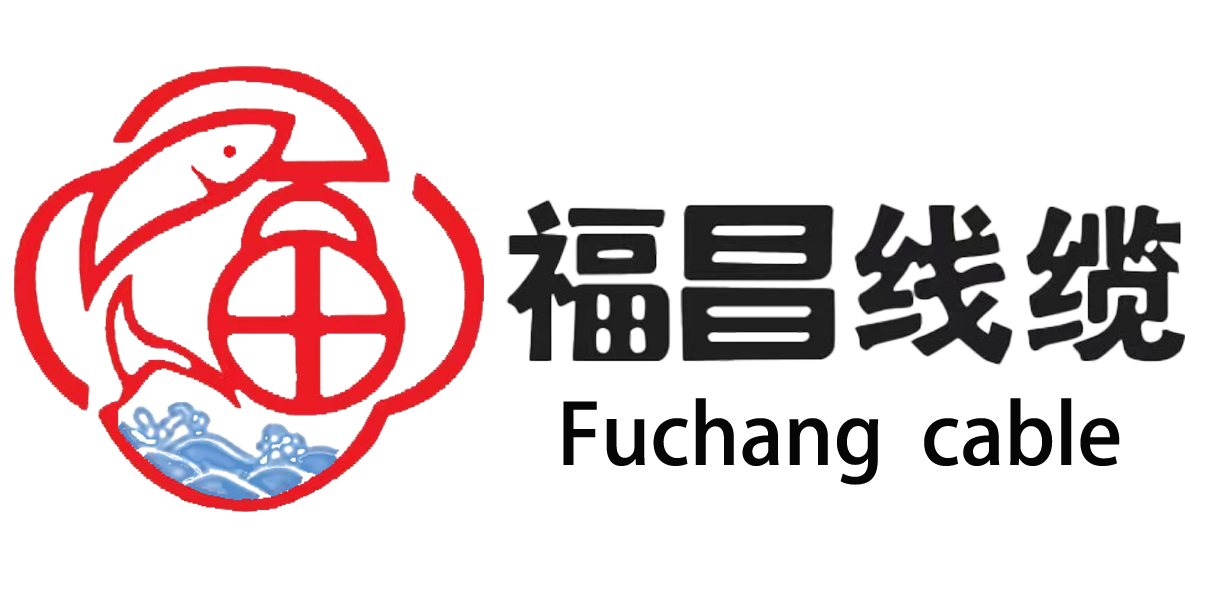
Login or create an account
CloseReturning Customer
I am a returning customer
Login or create an account
CloseRegister Account
If you already have an account with us, please login at the login form.
Your Account Has Been Created!
Thank you for registering with Cangzhou Xintai Cable Co., Ltd!
You will be notified by e-mail once your account has been activated by the store owner.
If you have ANY questions about the operation of this online shop, please contact the store owner.
Account Logout
You have been logged off your account. It is now safe to leave the computer.
Your shopping cart has been saved, the items inside it will be restored whenever you log back into your account.
What are the types of wire and cable products?
24/10/2017 | XinTai

Everything in the world has its own attributes and levels, let alone the widespread application and diverse types of cable products. Even if you are in the industry, you may not know everything. Classifying wire and cable products can help you better understand the meaning of specifications and models.
Bare copper wire
Bare wires and bare conductor products refer to conductive wires without insulation or sheath, mainly including three series of products: bare single wire, bare stranded wire, and profiled wire.
Copper aluminum single wire: including soft copper single wire, hard copper single wire, soft aluminum single wire, and hard aluminum single wire. Mainly used as semi-finished products for various wires and cables, with a small amount used in the manufacturing of communication wires and motor appliances.
Bare stranded wire: including hard copper stranded wire (TJ), hard aluminum stranded wire (LJ), aluminum alloy stranded wire (LHAJ), and steel cored aluminum stranded wire (LGJ), mainly used for connecting electrical equipment and electronic appliances or components. The specifications of the above various stranded wires range from 1.0-300mm2.
Power cable
Power cables are cable products used in the backbone lines of power systems to transmit and distribute high-power electrical energy, including power cables with various voltage levels and insulation from 1 to 330KV and above.
The cross-section is divided into 1.5, 2.5, 4, 6, 10, 16, 25, 35, 50, 70, 95, 120, 150, 185, 240, 300, 400, 500, 630, 800mm2, with 1, 2, 3, 4, 5, 3+1, and 3+2 cores.
Power cables are classified into low-voltage cables, medium voltage cables, high-voltage cables, etc. according to voltage levels. According to insulation conditions, it can be divided into plastic insulated cables, rubber insulated cables, mineral insulated cables, etc.
Overhead insulated cable
We are also very common with overhead cables, which have the characteristic of not having a sheath. Many people have three misconceptions about this type of cable, but here is a correction for Da Bing.
1、 Its conductors are not only aluminum, but also copper conductors (JKYJ, JKV) and aluminum alloys (JKLHYJ). Now there are also steel cored aluminum stranded overhead cables (JKLGY).
2、 It is not only single core, common ones are usually single core, but it can also be twisted into bundles of several conductors.
3、 The voltage level of overhead cables is 35KV and below, not 1KV and 10KV.
Submersible pump cable. png
Control cable
This type of cable structure is similar to power cables, with only copper cores and no aluminum cores. The conductor cross-section is smaller and there are more cores, such as 24 * 1.5 and 30 * 2.5..
Suitable for single machine control or unit equipment control in power stations, substations, mines, petrochemical enterprises, etc. with AC rated voltage of 450/750V and below. To improve the ability of control signal cables to prevent internal and external interference, shielding layer measures are mainly adopted.
Common models include KVV, KYJV, KYJV22, KVV22, and KVVP. Model meaning: "K" control cable type, "V" polyvinyl chloride insulation, "YJ" cross-linked polyethylene insulation, "V" polyvinyl chloride sheath, "P" copper wire shielding.
For the shielding layer, the commonly used KVVP is copper wire shielding. If it is copper tape shielding, it is represented as KVVP2, and if it is aluminum-plastic composite tape shielding, it is represented as KVVP3. For shielding layers made of different materials, they have their own characteristics and functions. In future articles, we will discuss this topic in detail.
Wire laying
Mainly used for household and distribution cabinets, familiar to friends who open hardware stores, the commonly referred BV wire belongs to the category of electrical wiring. Models include BV, BLV, BVR, RVV, RVVP, BVVB, etc...
In the representation of wire and cable models, the symbol B is often seen, with different meanings depending on the location.
Taking BVVB as an example, the letter B at the beginning means laying wires, which indicates the application classification of the cable, just like JK represents overhead cables and K represents control cables. The flat shape symbolized by B at the end is an additional special requirement for the cable. The meaning of BVVB is: copper core PVC insulated PVC sheathed flat cable.
Special cable
Special cables are cables with special functions, mainly including flame-retardant cables (ZR), low smoke halogen-free cables (WDZ), fire-resistant cables (NH), explosion-proof cables (FB), rodent and termite resistant cables (FS), waterproof cables (ZS), etc.
Flame retardant cables (ZR) and low smoke halogen-free cables (WDZ): mainly suitable for important power and control systems. In the event of a fire on the line, the cable can only burn to a limited extent under the action of external flames, producing less smoke and less harmful gases (halogens) in the smoke.
When the external flame disappears, the cable can also extinguish itself, reducing the damage to human and property caused by the fire to a low level. Therefore, this type of cable is widely used in important places such as petrochemicals, electricity, metallurgy, high-rise buildings, and densely populated areas.
Fire resistant cable (NH): mainly suitable for particularly important power and control systems. In case of a fire on the line, the fire-resistant cable can withstand high temperatures of 750~800 ℃ for more than 90 minutes, ensuring safe power transmission and gaining sufficient time for fire extinguishing and disaster reduction.
In the face of special occasions, new products are constantly emerging, such as fire-resistant cables, flame-retardant cables, low smoke halogen-free/low smoke low halogen cables, anti termite/anti mouse cables, oil resistant/cold resistant/temperature resistant/wear-resistant cables, irradiated cross-linked cables, etc.
